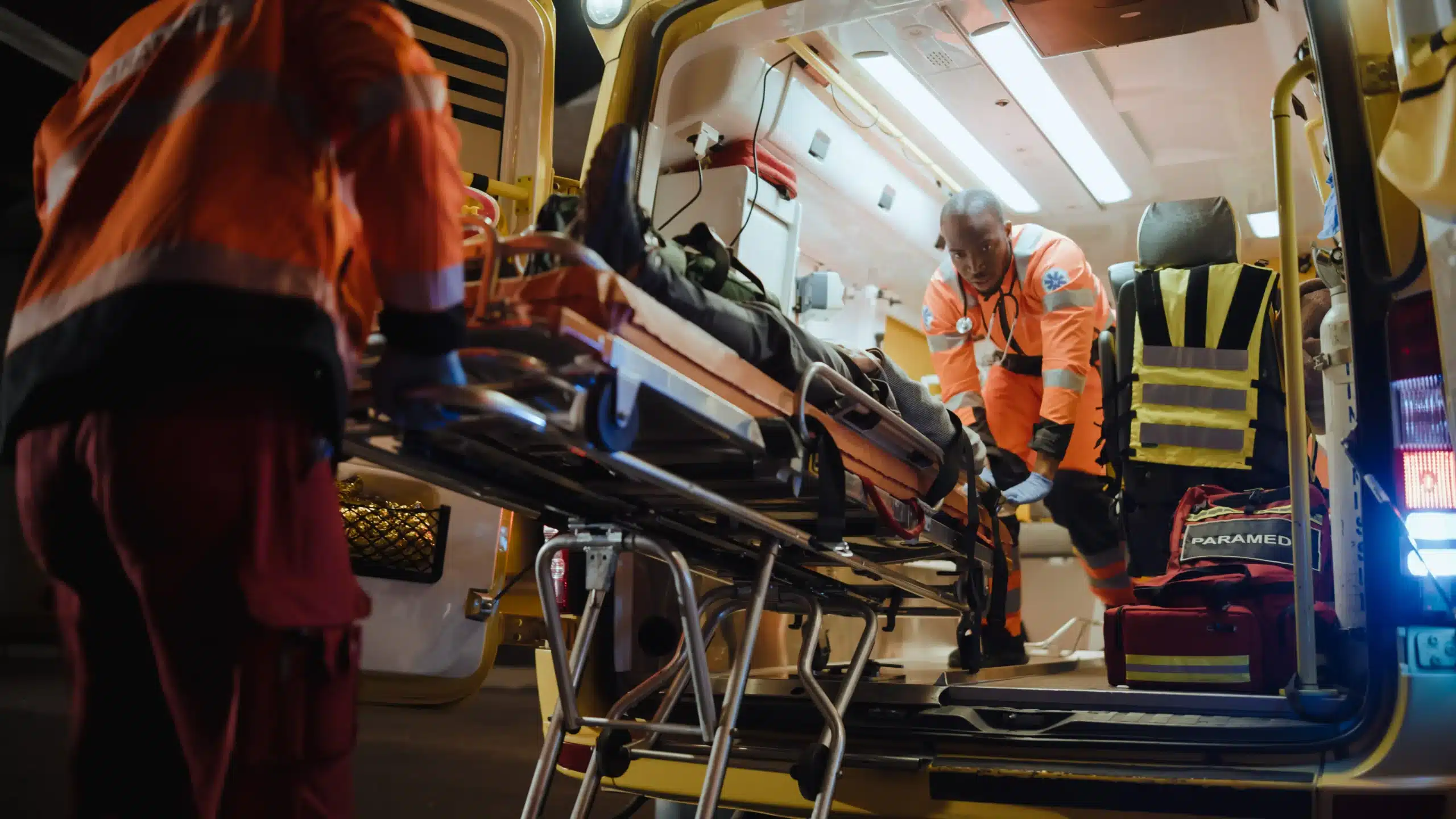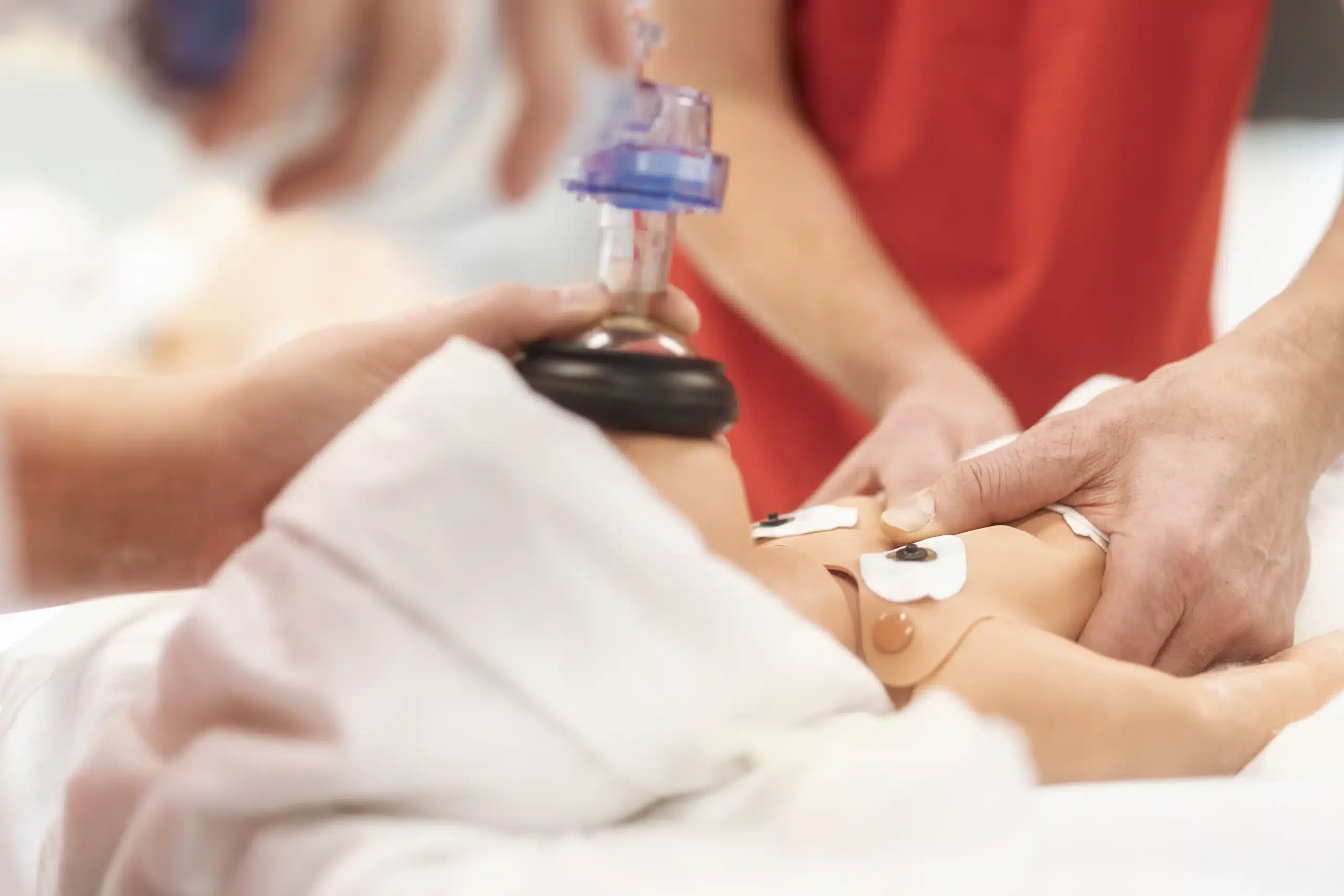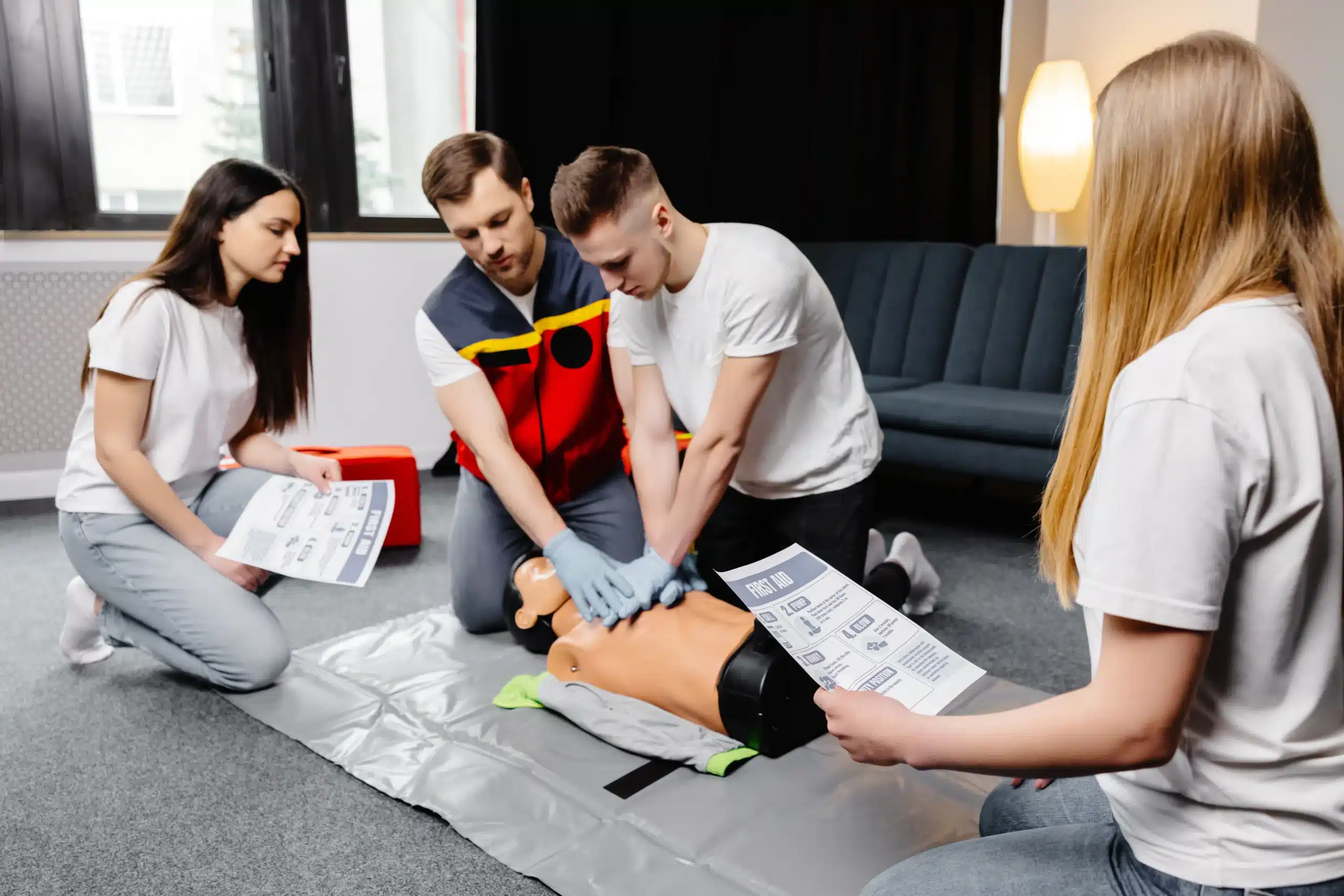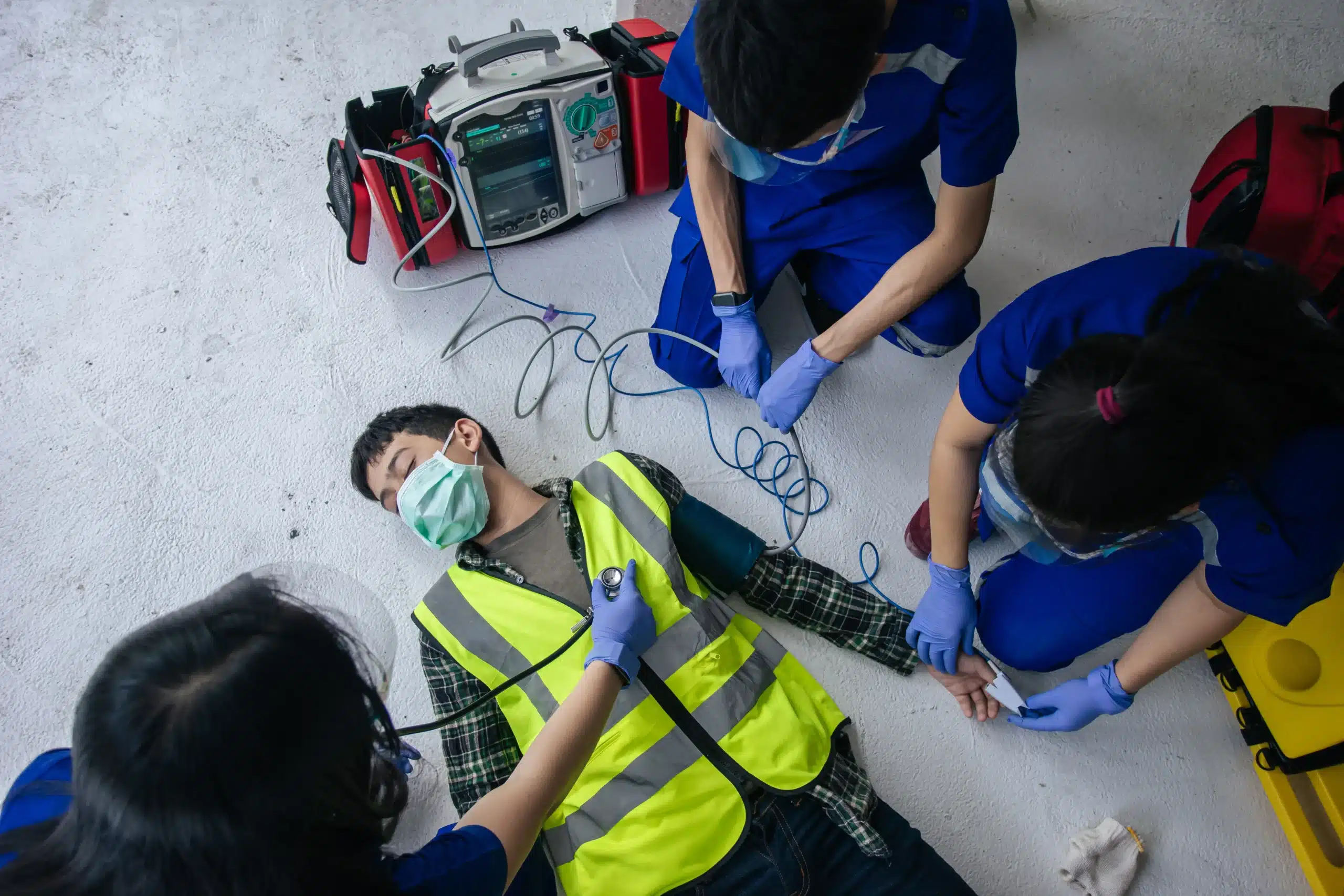When it comes to saving lives, Cardiopulmonary Resuscitation (CPR) plays a crucial role. Yet, many misconceptions surround this life-saving technique. If you’ve found yourself questioning the effectiveness or the details of CPR, you’re not alone. This blog aims to set the record straight by debunking common CPR myths. For anyone looking to be prepared in case of an emergency, understanding the realities of CPR is vital.
The Real Impact of CPR
First, let’s address the elephant in the room. Does CPR really work? Yes, it does. CPR can significantly increase a victim’s chance of survival during cardiac arrest. When performed immediately and correctly, CPR can double or triple survival rates. The American Heart Association highlights that immediate CPR can improve outcomes until professional medical help arrives. Misunderstanding CPR’s impact could mean the difference between life and death.
Myth 1: Only Medical Professionals Should Perform CPR
Many people believe that only doctors or nurses should perform CPR. This myth can lead to harmful hesitation during emergencies. In truth, anyone can and should perform CPR when needed. The most important factor is time. Every minute counts, and waiting for medical personnel could prove fatal. Bystanders equipped with basic CPR knowledge can be just as effective in delivering life-saving chest compressions.
Myth 2: You Can Harm Someone with CPR
Another common myth is that performing CPR can harm someone more than help them. While it’s true that CPR might cause bruising or even broken ribs, the reality is that these injuries are minor compared to the benefits. The primary goal of CPR is to keep blood flowing to vital organs, crucial during cardiac arrest. In an emergency, performing CPR gives the victim the best possible chance of survival.
Myth 3: Mouth-to-Mouth is Always Necessary
Many people associate CPR with mouth-to-mouth resuscitation. However, recent guidelines suggest that hands-only CPR is highly effective for most scenarios. Hands-only CPR involves chest compressions at a steady rate, without rescue breaths, simplifying the process for bystanders. This method is particularly effective for adults who suffer sudden cardiac arrest. It eliminates concerns about disease transmission and encourages more people to take action.
Myth 4: Only Adults Need CPR
The belief that CPR is only for adults is misleading. Children and infants can also suffer from cardiac arrest, and CPR can be just as critical for them. However, pediatric CPR guidelines differ slightly. For example, rescuers should use two fingers for infant compressions and one hand for children. Understanding these distinctions ensures you can provide appropriate assistance, regardless of the victim’s age.
Myth 5: You Need Special Equipment for Effective CPR
Some people think CPR requires special tools like a defibrillator. While Automated External Defibrillators (AEDs) are beneficial, they are not necessary to perform CPR. When an AED is unavailable, focused compressions can still maintain blood flow. CPR and AEDs complement each other, but CPR remains a vital first response. Mastering basic CPR techniques ensures you’re prepared, even without additional equipment.
Myth 6: CPR Success is Guaranteed
Unfortunately, CPR does not guarantee recovery. Even with CPR, some victims may not survive cardiac arrest. However, the chances of survival without CPR are significantly lower. Every effort counts, and attempting CPR improves the odds. Realistically, CPR represents the best immediate action in emergencies. Being aware of this fact can help manage expectations and encourage timely intervention.
Myth 7: CPR is Too Complicated to Learn
Many feel overwhelmed by the thought of learning CPR, imagining it as a complex process. However, modern CPR training emphasizes simplicity and accessibility. Courses are available in-person and online, offering practical guidance. Practice and repetition can build confidence, making it easier to recall the steps when needed. By demystifying the process, more people are empowered to act swiftly and effectively.
Myth 8: CPR Certification Lasts a Lifetime
Believing that CPR certification is permanent is a mistake. CPR techniques evolve, and regular updates are necessary to stay informed. Most certifications last for about two years. Refreshing your skills ensures you remain confident and competent in an emergency. It’s a small investment of time that can make a significant difference.
Myth 9: CPR is Unnecessary if the Victim is Breathing
People often assume that if someone is breathing, they don’t need CPR. However, abnormal breathing patterns, such as gasping, are common during cardiac arrest. Agonal breathing can be misleading, causing unnecessary delays. Understanding the signs of cardiac arrest helps determine the need for CPR. When in doubt, starting CPR while awaiting medical help is a wise course of action.
Myth 10: CPR is Ineffective Without a Pulse Check
Checking for a pulse can be challenging, especially under stress. The good news is that bystanders are not required to check for a pulse before starting CPR. Instead, focus on identifying unresponsiveness and abnormal breathing. This approach simplifies decision-making and ensures prompt action. Remember, time is critical, and hesitation can cost lives.
Myth 11: CPR is Only for Heart Attacks
Finally, there’s a misconception that CPR is solely for heart attack victims. In reality, CPR is appropriate for anyone who has stopped breathing or whose heart has stopped beating. Situations like drowning, choking, or electric shock may also necessitate CPR. Recognizing a broader range of emergencies can prepare you to respond effectively, regardless of the cause.
Conclusion
Understanding the truths about CPR empowers individuals to take action during emergencies. By debunking these common CPR myths, we aim to increase confidence and encourage lifesaving interventions. CPR is a powerful tool available to everyone, and its efficacy relies on informed and prompt application. Stay updated on CPR techniques, and share your knowledge to create a safer community.






